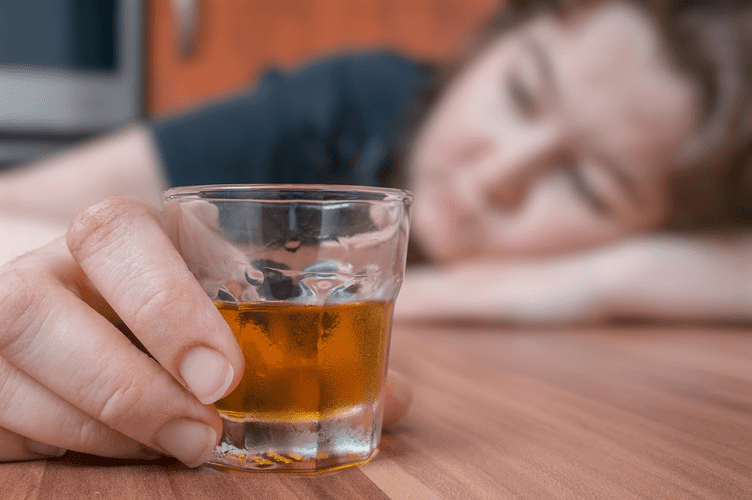If you’re having a hard time adjusting to a sober life, reach out to a mental health professional who specializes in addiction and substance use. They are environments free of substance abuse where individuals can receive support from peers who are also in recovery. There is no time limit on how long someone can live in a sober living house. While meeting attendance and household duties may be required, there isn’t regimented treatment programming present in the home. The cost listed here ($4,000/10 months) is an estimate of the cash pay price.
These environments are designed for residents committed to sobriety and participating in recovery programs. Individuals with severe medical or psychiatric conditions need more comprehensive care than sober living homes provide. Daily operations in sober living homes include house meetings, group therapy, and participation in 12-step or alternative recovery programs. Staff roles vary by level, with higher levels involving licensed counselors, case managers, and recovery coaches.
Design for Recovery Sober Living Playa del Rey
There are What are sober living homes also specific types of sober living homes that cater to your gender, age, and in some cases, profession. Accommodations usually include private or shared bedrooms, furnished living spaces, common areas, and supportive staff. Many homes also connect residents with recovery resources such as counseling or 12-Step meetings. Unlike rehab centers, SLHs typically don’t offer medical or clinical services. Instead, they encourage participation in 12-step programs or similar recovery frameworks and support ongoing outpatient therapy if needed.
Synergy Healthcare – Long Beach
Residents adhere to house rules promoting sobriety and accountability but with more personal freedom. Mandated for individuals exiting prison or court-ordered treatment programs. The admission process for a sober living home involves several steps to ensure suitability and commitment to recovery. Halfway houses traditionally serve individuals recently released from incarceration, acting as a halfway point between prison and their own residence.
Creekside Recovery Residences
Remember that recovery is possible, and the right environment makes all the difference. Take your time, ask questions, visit facilities, and choose a sober living home where you feel safe, supported, and empowered to build the life you deserve. While many residents have completed treatment programs, it’s not always required.
For Treatment Providers
Some homes accept individuals with established sobriety periods even without formal rehab completion. Understanding the rules and expectations is fundamental to ensuring a structured and supportive environment conducive to recovery. Make sure you receive written house rules to review before committing. Yes, some sober living homes allow pets with specific guidelines, such as requiring animals to be spayed or neutered, housebroken, and non-aggressive. Residents must manage their pets responsibly to ensure a safe environment for all.
- While on the road to recovery, our clients receive structure, support and a safe place to continue their personal recovery process.
- The resident learns the basics of living sober, abstaining from drugs and alcohol, and adhering to the sober living home’s rules while avoiding substance abuse triggers.
- Take your time, ask questions, visit facilities, and choose a sober living home where you feel safe, supported, and empowered to build the life you deserve.
- If you have recently completed treatment, the staff can usually provide referrals to local, trustworthy sober living homes.
- This transition includes ongoing support through therapy, relapse prevention programs, and participation in recovery communities.
- Our advisory council brings together leaders in behavioral health, technology, and business.
By providing separate homes, facilitators can provide gender-specific care to improve the chances of success. BetterHelp can connect you to an addiction and mental health counselor. Sober transitional living spaces like sober homes can help you by limiting your access to drugs and alcohol. Sober living homes are typically located in secure, serene neighborhoods to provide a stable housing environment. It’s a comfortable, home-like place where you can feel safe and relaxed. Recovery In Tune works with most major insurance carriers and offer a range of options to fit your lifestyle and financial means.
While on the road to recovery, our clients receive structure, support and a safe place to continue their personal recovery process. Both sober living homes and halfway houses (HHs) are bridges for persons in recovery. It is even common for people to use these terms interchangeably. This is understandable since sober living homes and halfway houses have similarities. Whether you need a flexible, independent home or a structured, supervised setting, sober living homes provide a safe space to heal, grow, and transition back into society. If you or someone you know is looking for sober living for men, consider Elevate Recovery Homes as a place to rebuild and thrive.
You deserve high-quality treatment and a fulfilling life in recovery.
The cost of sober living varies based on location, services, and housing type. Standard sober living homes typically cost between $300 and $2,000 per month, with luxury homes charging more for additional amenities. Urban areas and homes that offer structured recovery programs have higher fees. Additional costs include therapy, transportation, and daily expenses. Common rules in sober living homes include maintaining a substance-free environment, adhering to curfews, participating in house meetings or support groups, and contributing to household responsibilities.
When finding a sober living home, it can help to explore your network. Not all Sober living home homes offer the same things, so finding one by word of mouth can be helpful. If you have recently completed treatment, the staff can usually provide referrals to local, trustworthy sober living homes. Many sober living facilities provide group therapy, individual counseling, family therapy, and 12-Step programs. The specific therapies vary depending on the home’s philosophy and resources.
Providing a Supportive Environment for Alcohol Addiction Recovery
These homes are designed to foster a sense of security and normalcy, wherein residents can focus on their healing without the constant battle against external pressures to relapse. A stable environment for recovery is meticulously structured to encourage healthy routines, including regular group meetings, house chores, and communal activities that reinforce accountability and personal growth. This level of predictability and structure is vital, as it lays the groundwork for individuals to rebuild their lives one day at a time. The daily routine in a sober living home includes chores, therapy, and meetings to maintain a structured environment. Residents begin their day with household responsibilities, fostering accountability and a sense of community. Therapy sessions, both individual and group, address personal challenges and support emotional well-being.
With their emphasis on personal responsibility, peer support, and independence, SLHs provide the stability and encouragement needed to successfully transition from treatment to independent living. Whether you’re early in recovery or seeking to avoid relapse, sober homes offer a lifeline that can help you build a healthier, substance-free future. The journey of recovery does not end upon leaving the supportive confines of a sober living home; it continues into the realm of everyday life, where challenges and temptations persist.









